Are you looking to establish a professional service agreement that clearly outlines the terms between you and your client? Creating a well-structured letter template can save you time and ensure that all essential details are covered. From defining the scope of services to specifying payment terms, a solid agreement is key to a successful partnership. Keep reading to discover our comprehensive guide on drafting the perfect professional service agreement letter template!

Clear Scope of Work
A professional service agreement should clearly outline the scope of work to ensure mutual understanding between the parties involved. The scope of work should detail the specific services to be provided, such as consulting, project management, or design services, along with the expected deliverables like reports, designs, or prototypes. Timeframes for each phase of the project should be specified, including start and end dates and milestones for progress reviews. Additionally, the agreement may include locations where services will be performed, whether on-site at client facilities in New York City or remotely from the service provider's office. Pricing structures should be outlined, indicating whether fees are hourly rates or fixed prices for designated tasks. Specific responsibilities, such as client obligations to provide necessary resources or information, should also be included to avoid misunderstandings.
Payment Terms and Conditions
In professional service agreements, payment terms and conditions define the financial aspects of the contract, ensuring clear expectations between service providers and clients. Payment schedules typically indicate specific due dates, often at intervals like bi-weekly or monthly, with precise amounts stipulated. Late payment penalties might be detailed as percentages, such as 5% of the outstanding balance for each month overdue. Moreover, invoicing processes require clarity on how invoices will be issued, for example, electronically via email, and specify payment methods accepted, whether bank transfers, credit cards, or checks. It's common also to include deposit requirements, which might be set at 30% of the total project fee prior to service commencement, safeguarding against cancellations. Additionally, provisions for milestone payments linked to project phases, like completion of the initial design stage, are significant for maintaining cash flow throughout the project's lifecycle.
Confidentiality Clauses
Professional service agreements often include confidentiality clauses to protect sensitive information exchanged during the course of the engagement. These clauses typically outline the obligations of the parties involved regarding the handling of confidential information, such as trade secrets, proprietary data, and client lists. For instance, a confidentiality clause may specify that both parties must take reasonable measures to prevent unauthorized disclosure and use of confidential information, with a specific duration, often ranging from two to five years after the termination of the agreement. Additionally, the clause might identify exceptions to confidentiality, such as information already in the public domain or information required by law to be disclosed. Clear definitions of what constitutes "confidential information" are crucial to safeguard intellectual property and maintain competitive advantage.
Termination and Renewal Conditions
Termination of the professional service agreement can occur under specific conditions outlined in the contract. Either party may terminate the agreement with a written notice period of thirty days, ensuring adequate time for transition. Renewal conditions stipulate that both parties must agree in writing at least thirty days before the contract's expiration date to extend the services. Additionally, any amendments to the terms must be documented and signed by both parties to ensure clarity and mutual consent. The agreement will automatically renew for a term of one year unless a notice of termination is provided. Compliance with these conditions is essential for maintaining a professional working relationship and ensuring uninterrupted service delivery.
Dispute Resolution Mechanism
The dispute resolution mechanism in professional service agreements typically includes a structured approach to address conflicts arising between parties. This usually encompasses alternative dispute resolution methods such as mediation and arbitration, promoting amicable resolution before resorting to litigation. Mediation involves a neutral third-party mediator guiding the parties to negotiate and potentially reach a mutually agreeable solution, often conducted in private settings. If mediation fails, arbitration procedures begin, governed by specific rules from institutions like the American Arbitration Association, permitting a more formal yet still private resolution process. Confidentiality is a critical aspect, ensuring sensitive information remains protected throughout. Jurisdiction and governing law are also outlined, affecting the enforceability and application of resolutions. Typically, this mechanism is designed to minimize disruption, preserve relationships, and provide timely resolutions, enhancing overall efficiency in professional services.

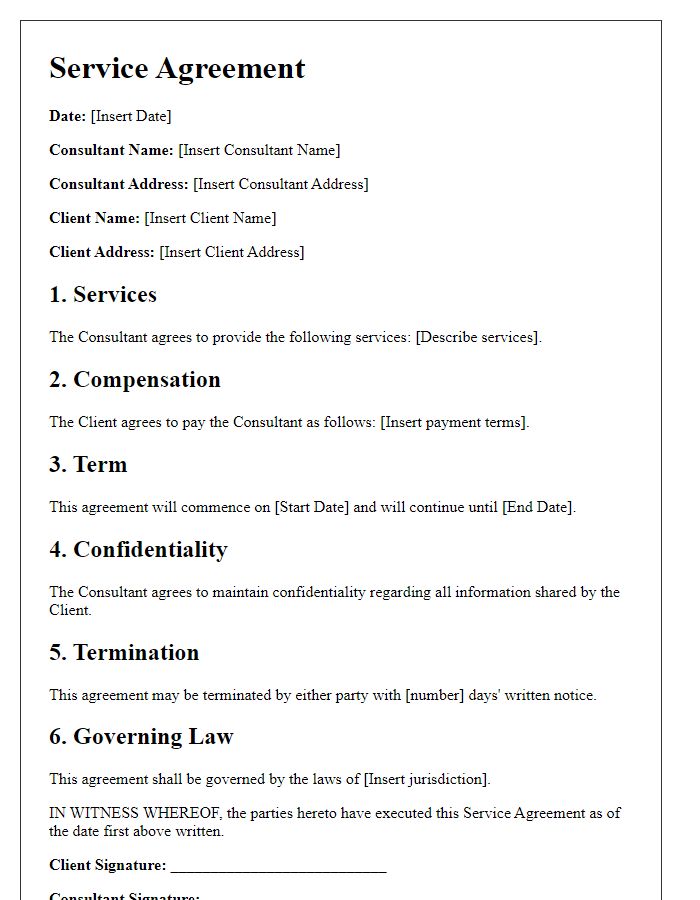
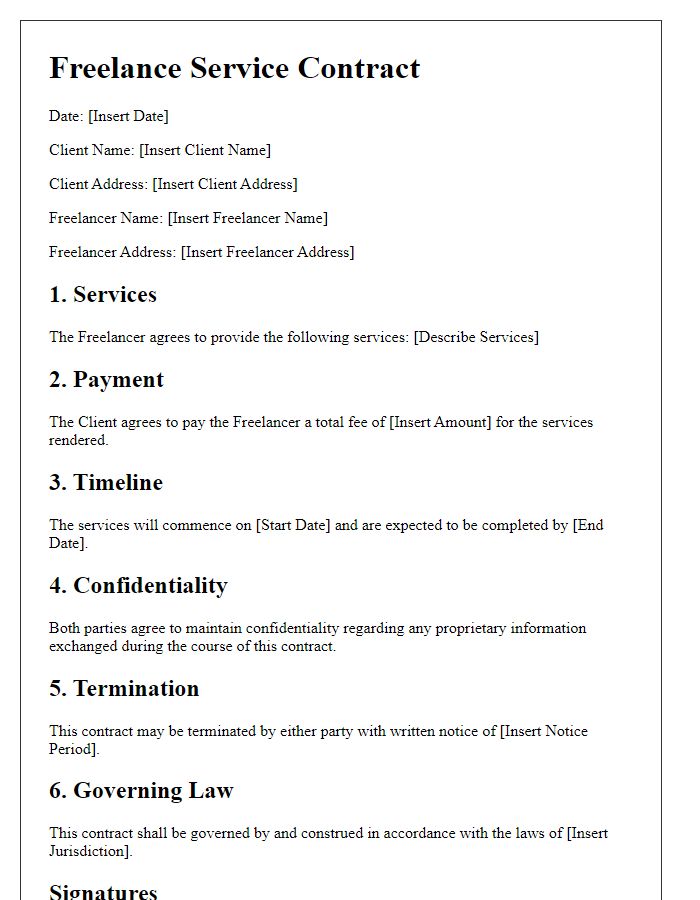
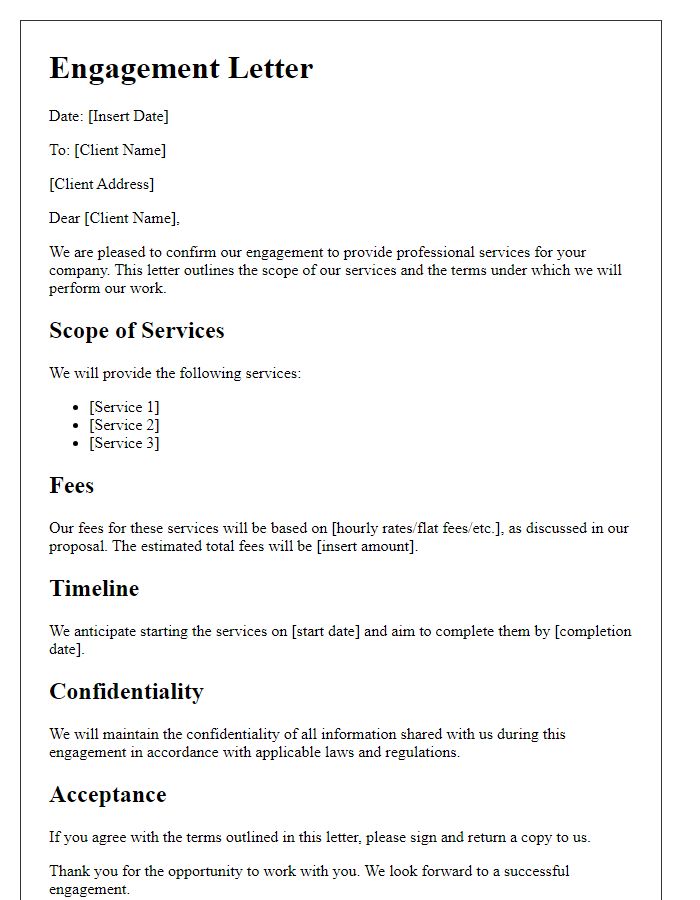
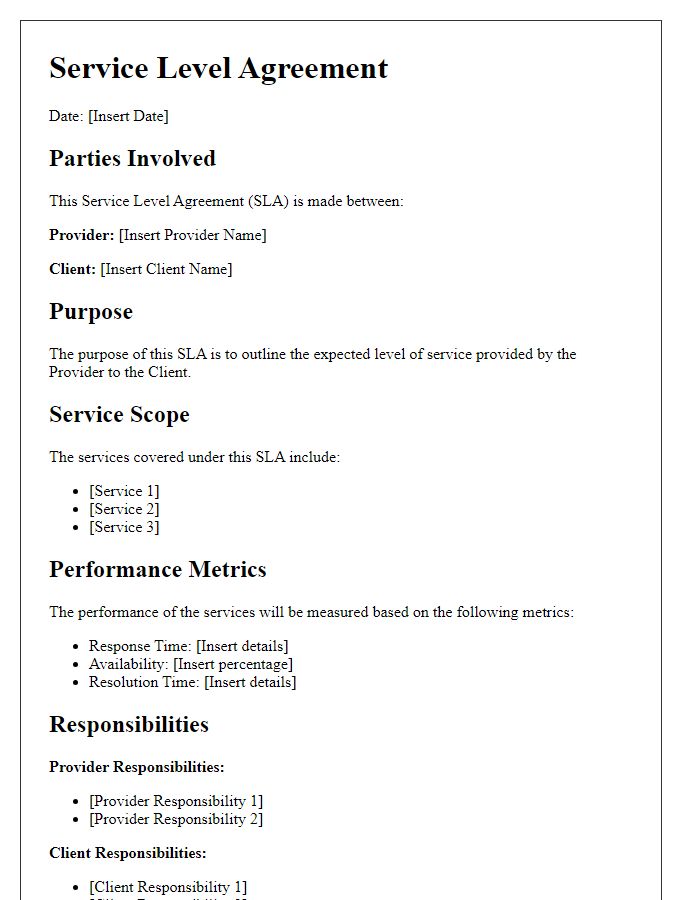
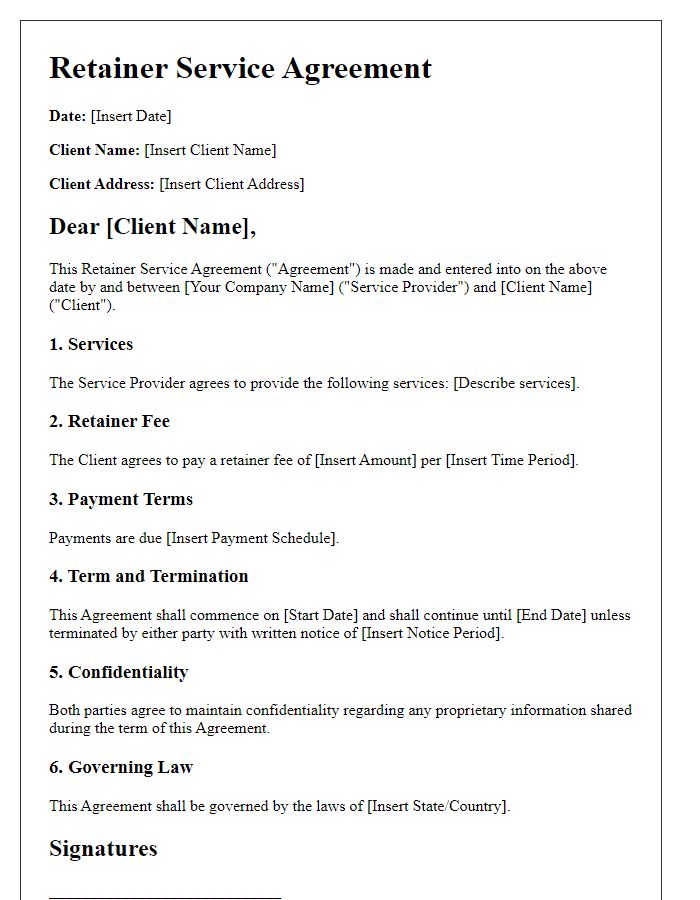
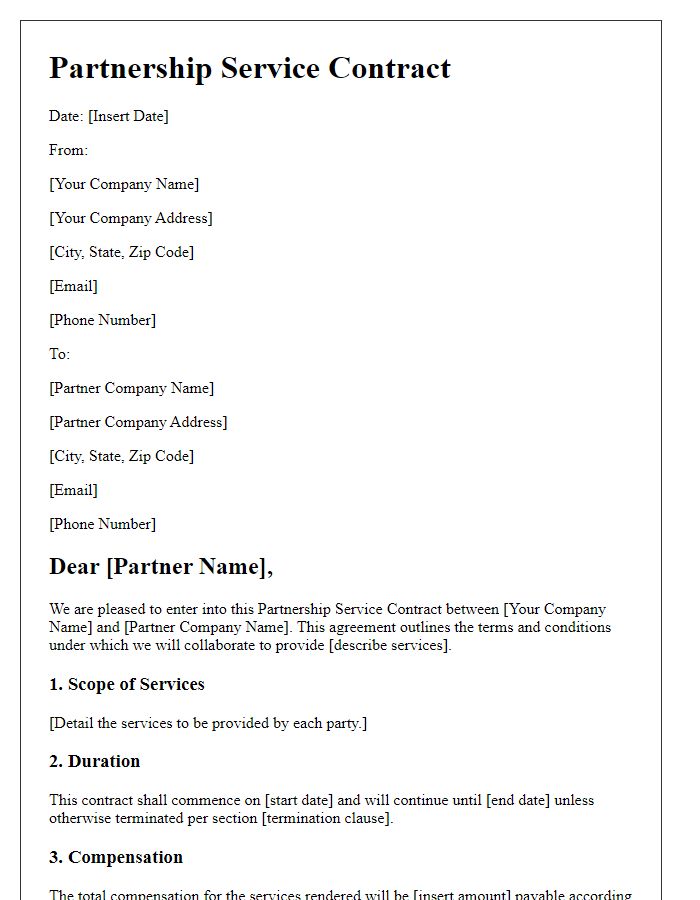
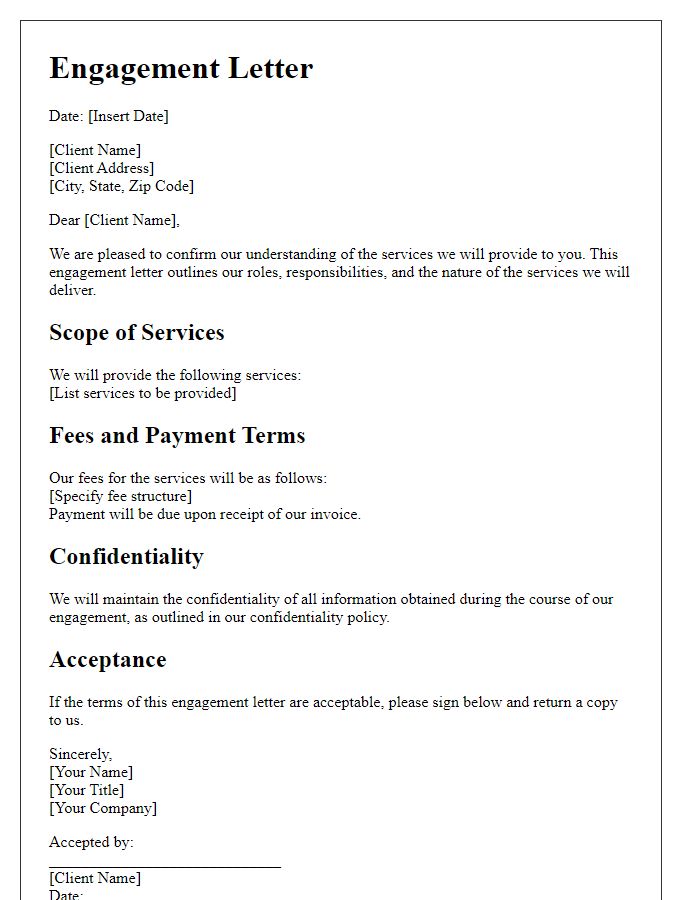
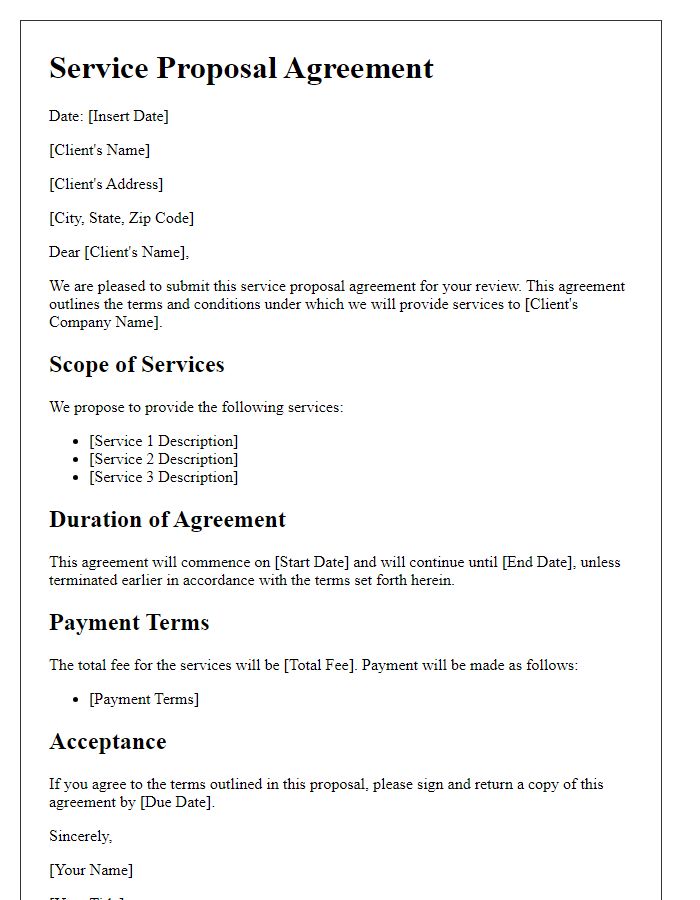
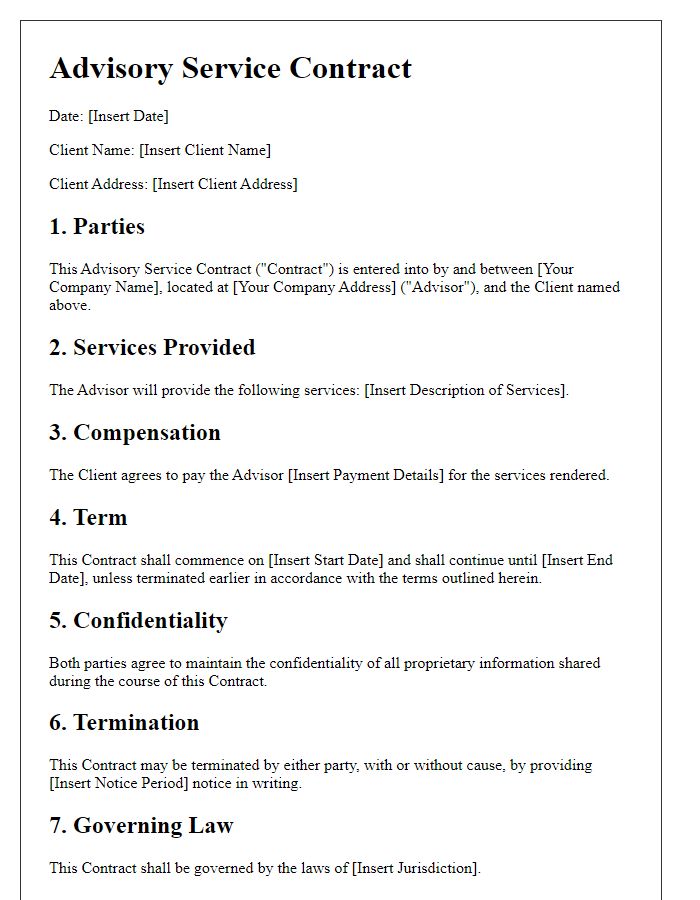
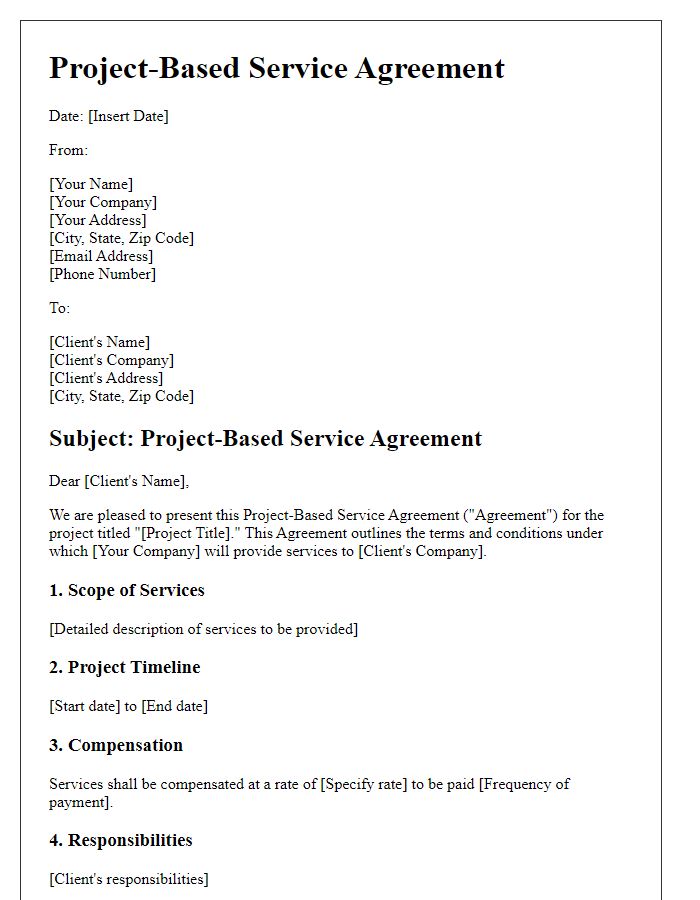


Comments